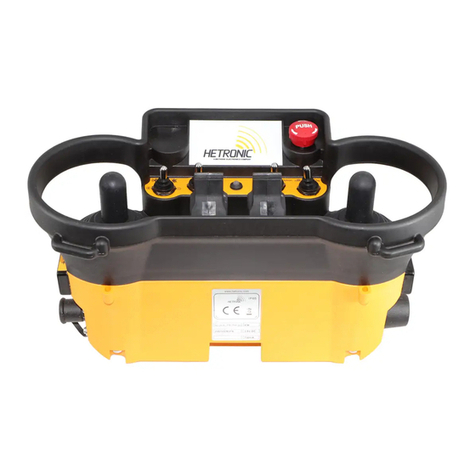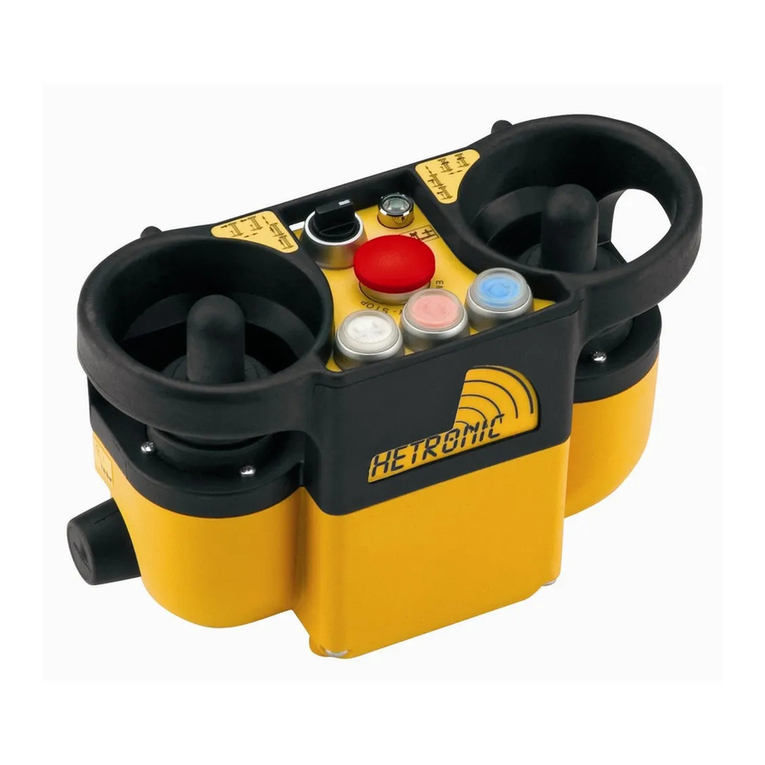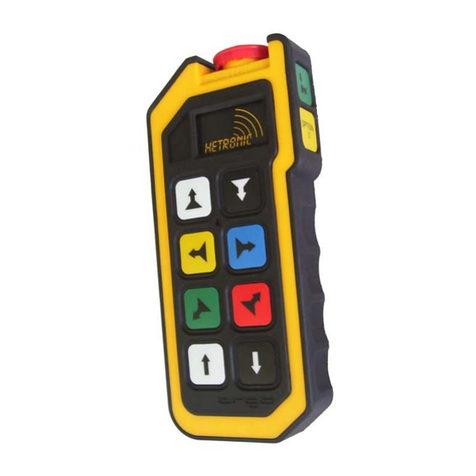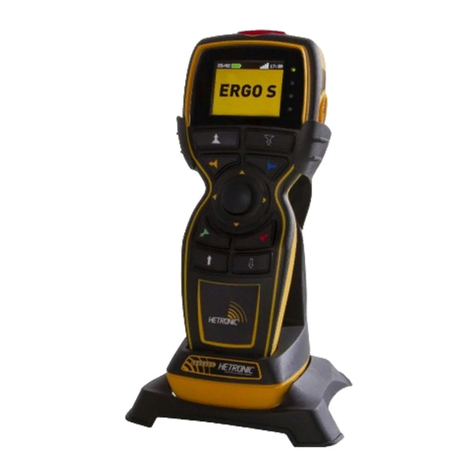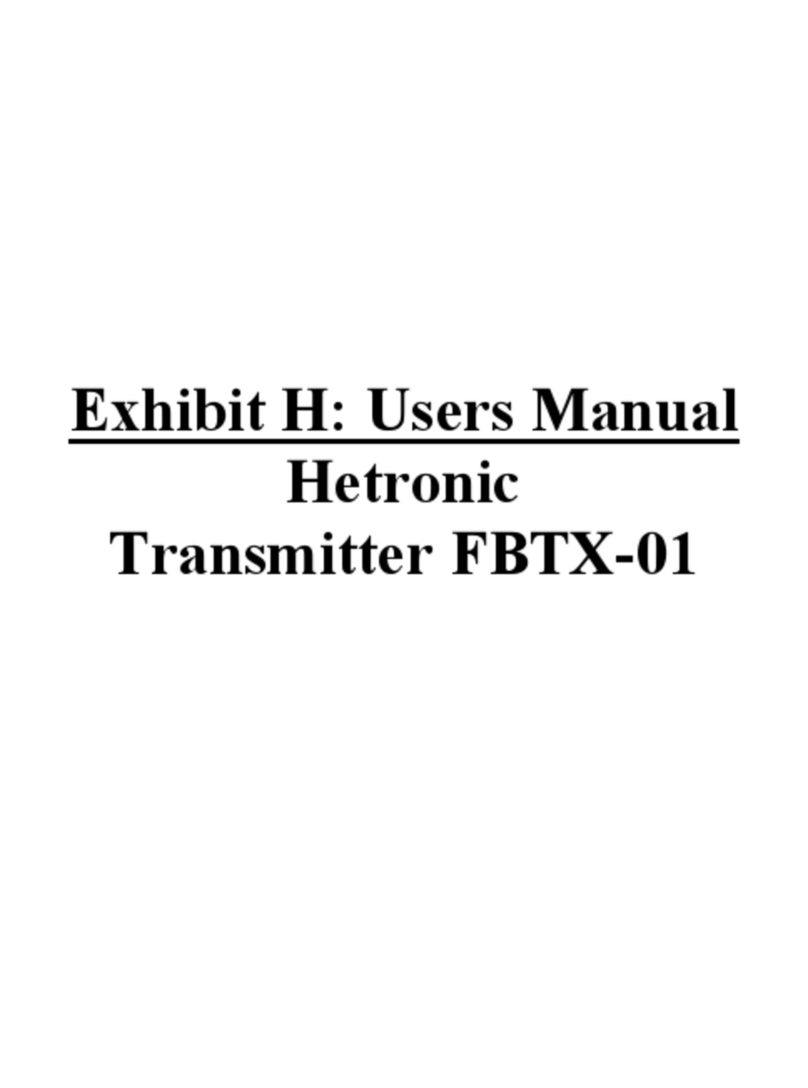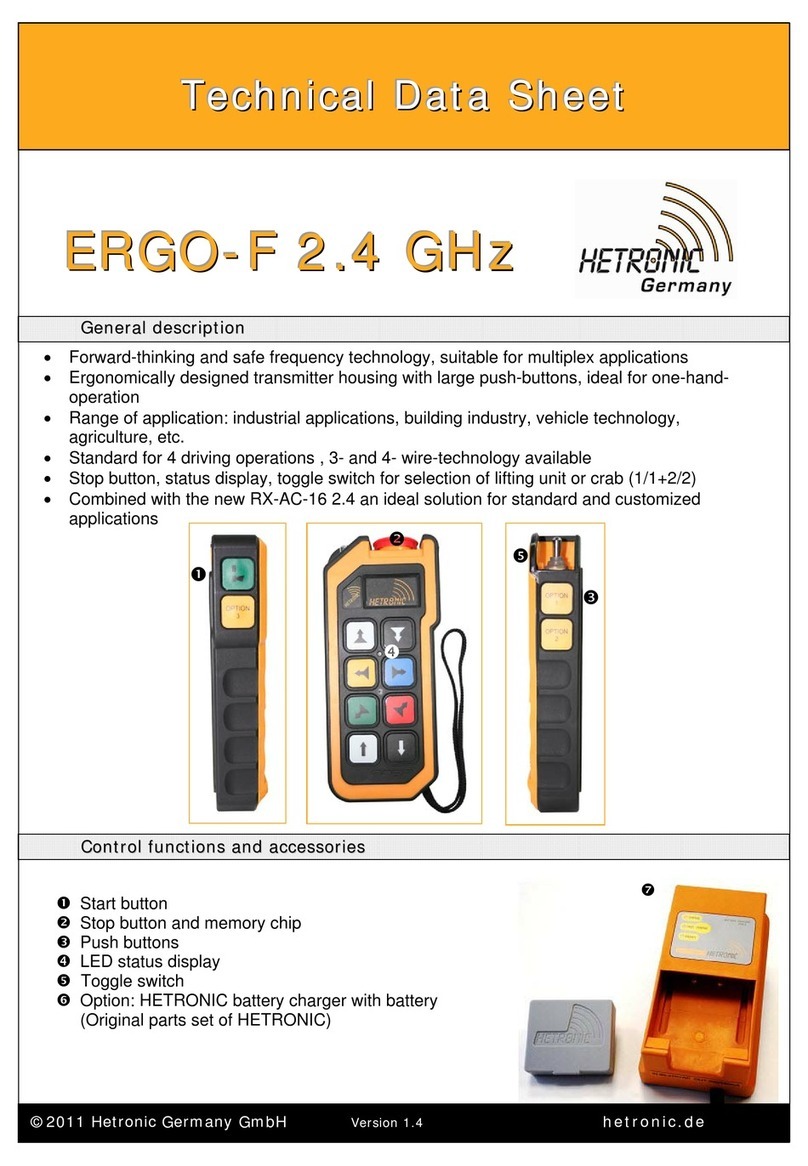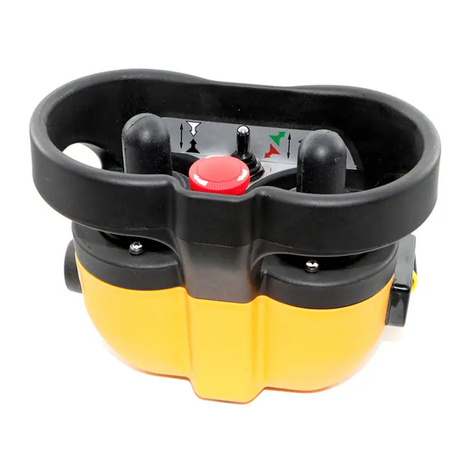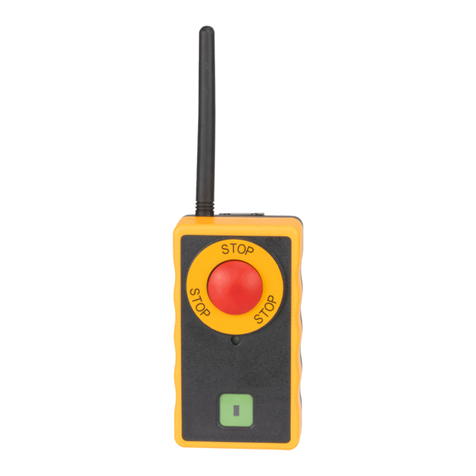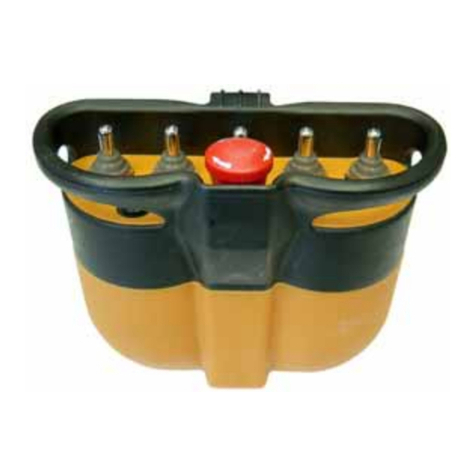USER MANUAL | NOVA TRANSMITTERS
2
User Manual
Table of Contents
1. Safety....................................................................................................................................................................................................... 4
1.1 Intended Use...................................................................................................................................................................................... 4
1.2 Symbol Notation................................................................................................................................................................................. 4
1.3 Practices and Laws............................................................................................................................................................................ 4
1.4 Required Operator Training............................................................................................................................................................... 4
1.5 Possible Sources of Danger.............................................................................................................................................................. 4
1.6 Protective Features............................................................................................................................................................................ 5
1.7 STOP in case of EMERGENCY........................................................................................................................................................ 5
1.8 Caring for your NOVA Transmitter.................................................................................................................................................... 5
2. Introduction and Functional Description................................................................................................................................................. 6
2.1 Production and System Numbers ..................................................................................................................................................... 6
2.2 Before Operating Your Wireless Control Unit................................................................................................................................... 6
2.3 Unit Labels ......................................................................................................................................................................................... 6
3. Your NOVA Transmitter.......................................................................................................................................................................... 7
3.1 General Description........................................................................................................................................................................... 7
3.2 NOVA Basic Features ....................................................................................................................................................................... 7
3.3 Standard NOVA Configurations ........................................................................................................................................................ 7
4. Product Description............................................................................................................................................................................... 11
5. Operating Your Transmitter .................................................................................................................................................................. 12
5.1 Holding Your Transmitter................................................................................................................................................................. 12
5.2 Visually Checking Your Transmitter................................................................................................................................................ 12
5.3 Powering ON and Starting Your Transmitter.................................................................................................................................. 12
5.4 Transmitter Initialization with Standard Status LED Indicator........................................................................................................ 12
5.5 Transmitter Initialization with Graphic User Interface (TFT) and Standard Status LED Indicator ................................................ 12
5.6 Stopping the Radio Remote Control ............................................................................................................................................... 13
5.7 Battery ‘State of Charge’ Indication ................................................................................................................................................ 13
5.8 LED Behaviour and Meanings......................................................................................................................................................... 13
5.9 Powering OFF the Transmitter........................................................................................................................................................ 14
5.10 Belts ............................................................................................................................................................................................... 14
6. Generic Radio Remote System functionalities..................................................................................................................................... 15
6.1 “Start” Function ................................................................................................................................................................................ 15
6.2 Stop Switch...................................................................................................................................................................................... 15
6.3 Digital and Proportional Functions .................................................................................................................................................. 15
6.4 Quickset/Programming mode.......................................................................................................................................................... 16
7. Setting up your Nova Transmitter for Operation .................................................................................................................................. 17
7.1 Coder................................................................................................................................................................................................ 17
7.2 Communication................................................................................................................................................................................ 17
7.3 DK Configuration.............................................................................................................................................................................. 17
7.4 AK Configuration.............................................................................................................................................................................. 17
7.5 Digital Outputs ................................................................................................................................................................................. 17
7.6 Inactivity Warning ............................................................................................................................................................................ 18
7.7 Multi-Address Mode......................................................................................................................................................................... 18
7.8 Optional Add-Ons ............................................................................................................................................................................ 18
7.9 Cable Control (optional)................................................................................................................................................................... 18
8. Theory of Operation .............................................................................................................................................................................. 21
9. Installing the Radio Remote Control..................................................................................................................................................... 22
10. Troubleshooting .................................................................................................................................................................................. 23
11. Warranty, Service, Repairs and Maintenance ................................................................................................................................... 24
12. Regulatory Information........................................................................................................................................................................ 25
12.1 Europe............................................................................................................................................................................................ 25
12.2 North America................................................................................................................................................................................ 25
12.3 Industry Canada (IC/ISED) Statement.......................................................................................................................................... 26
Appendix A ................................................................................................................................................................................................ 28
Definition of terms.................................................................................................................................................................................. 28
Appendix B ................................................................................................................................................................................................ 29
B.1 Operator Safety Basics ................................................................................................................................................................... 29
B.2 Safety Checklist............................................................................................................................................................................... 29
B.3 Nova Variants and Current Rating.................................................................................................................................................. 30
Appendix C ................................................................................................................................................................................................ 32
C.1 TFT Protection Film Replacement.................................................................................................................................................. 32


